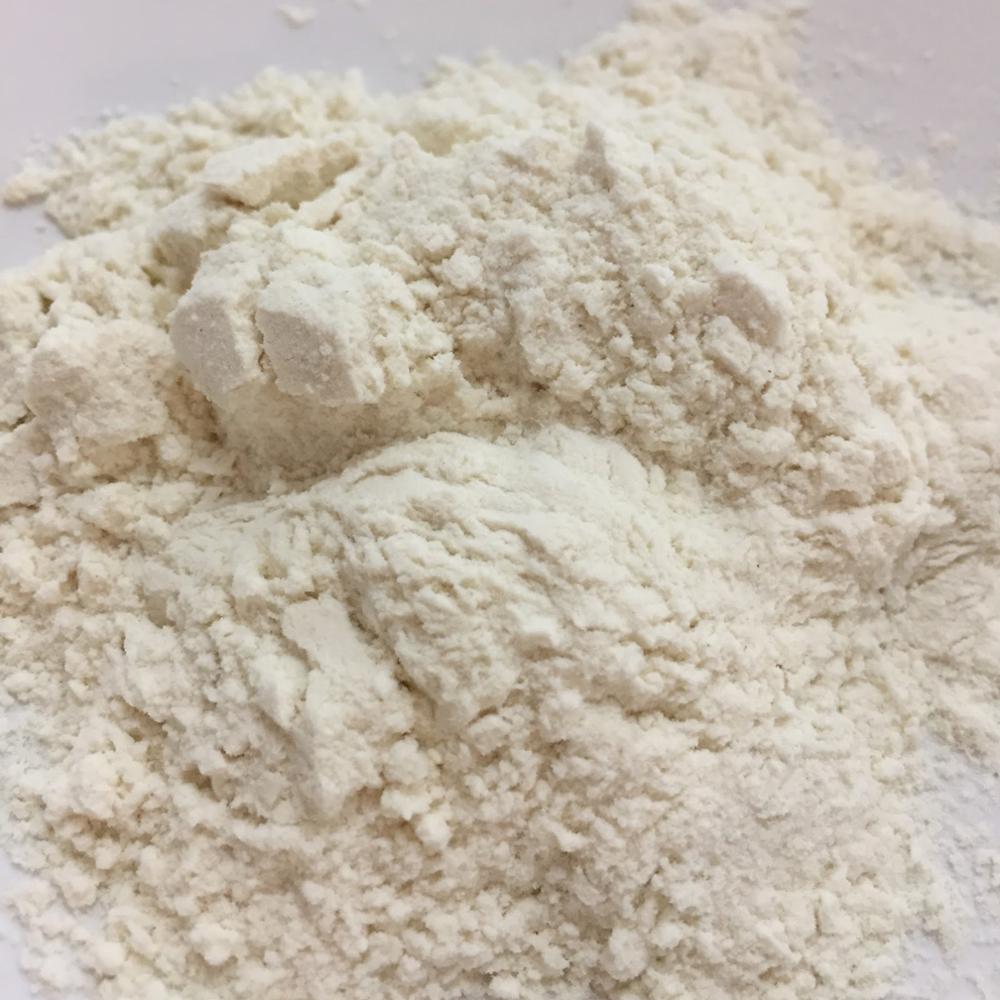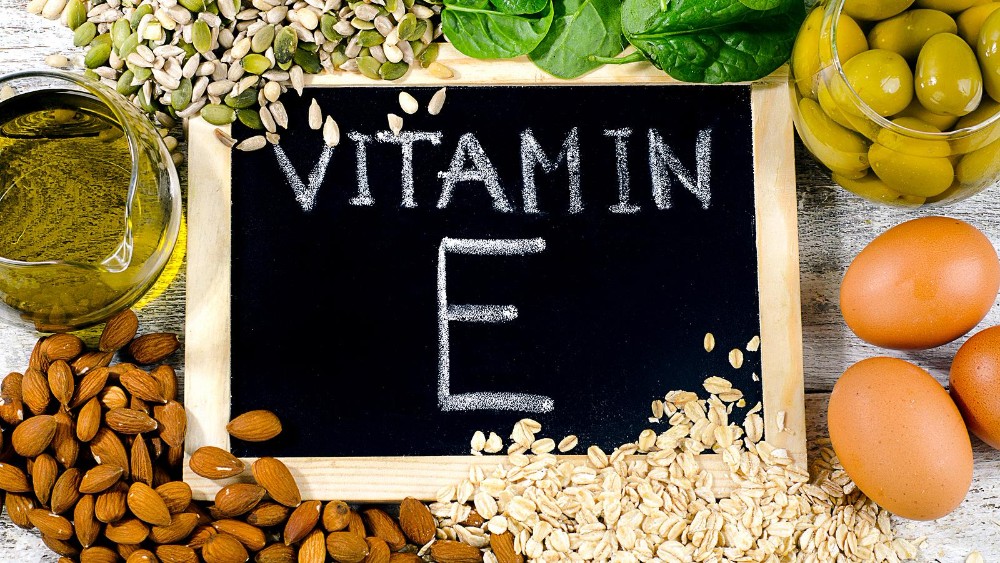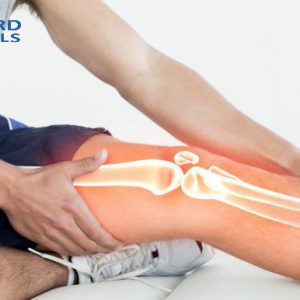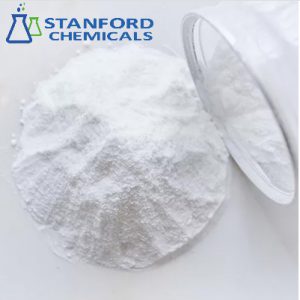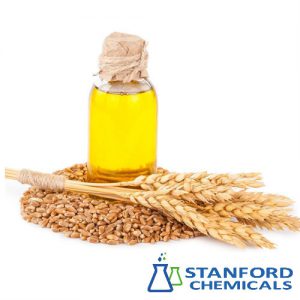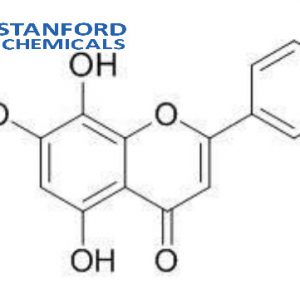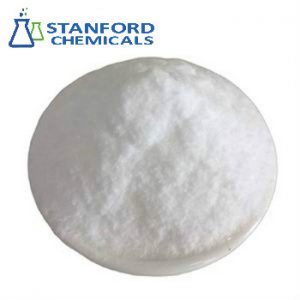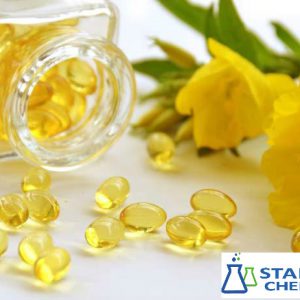- Home
- Foods and Nutraceuticals
- 060-000-216 Vitamin E
060-000-216 Vitamin E
- Type: Vitamins
- CAS No:59-02-9
- Qty in 20′ FCL:10MT
- Min. Order:3000KG
- QC:HACCP,KOSHER,HALAL,ISO,SGS,UKAS
- Packaging: Provide Neutral Packaging
Vitamin E is one of the popular food/feed additives and ingredients in most countries.
- Description
Description
Vitamin E Functions
In the food/pharmacy industry
•As a natural antioxidant inside cells, supplies oxygen to the blood, which is carried to the heart and other organs; thus alleviating fatigue; aids in bringing nourishment to cells.
•As an antioxidant and nutrition fortifier which is different from the synthetic on components, structure, physical characteristics, and activity. It has rich nutrition and high security and is prone to be absorbed by the human body. Infeed and poultry feed industry.
• As dietary supplements and in food technology as Vitamins.
• Acts as an antioxidant controlling redox reactions in a variety of tissues and organs.
• Also, provide protection against pulmonary oxygen poisoning. In the cosmetics industry.
• Improves microcirculation of the skin.
• Protects against U.V irradiations.
• Maintains natural moisture of the skin.
Vitamin E Specification
| ITEMS | STANDARDs |
| Appearance | White or white like powder |
| Assay | >=50% |
| Loss on Drying | =<5.0% |
| Seive Analysis | >=90% through No. 20 (US) |
| Heavy Metal | =<10mg/kg |
| Arsenic | =<2mg/kg |
| Pb | =<2mg/kg |
| Cadmium | =<2mg/kg |
| Mercury | =<2mg/kg |
Vitamin E Introduction
Vitamin E is a fat-soluble vitamin whose hydrolysate is tocopherol and is one of the most important antioxidants. Tocopherols are not easily destroyed by heat or alkali but are easily oxidized. They can be used as antioxidants to protect other substances from oxidative damage.
Vitamin E participates in the metabolism of nucleic acid in the domestic animal body and adjusts the metabolism of protein, fat, and carbohydrates; the antioxidant properties of vitamin E can prevent the oxidation of unsaturated fatty acids in the domestic animal body, thus it is an important biological substance to ensure the normal lipid metabolism and prevents the formation of toxic during the metabolic process of fat.
Vitamin E can ensure the normal function of a series of enzyme systems and adjust the function of endocrine glands; maintain the normal structure and function of membranes, muscles, and peripheral vessels.
Vitamin E also participates in the process of phosphate acidification in poultry, and promotes the storage of vitamin A in the liver of poultry, and protects vitamin A from oxidation in poultry. Therefore, vitamin E is one of the important substances to keep livestock healthy and improve fertility and productivity.
What are the symptoms of low vitamin E
Low levels of vitamin E in the body can lead to various symptoms and health issues. Here are some common symptoms of vitamin E deficiency:
1. Skin Problems:
Dry, rough, or flaky skin; Hair loss; Slow wound healing
2. Vision Issues:
Retinal degeneration leading to vision problems; Impaired eye movements; Increased risk of cataracts
3. Immune System Impairment:
Increased susceptibility to infections; Delayed wound healing
Poor immune response
4.Neurological Symptoms:
nerve damage causing numbness, tingling, and weakness in the extremities; Muscle weakness; Poor coordination and balance
5. Anemia:
Vitamin E deficiency can contribute to hemolytic anemia, a condition where red blood cells are destroyed faster than they are produced.


